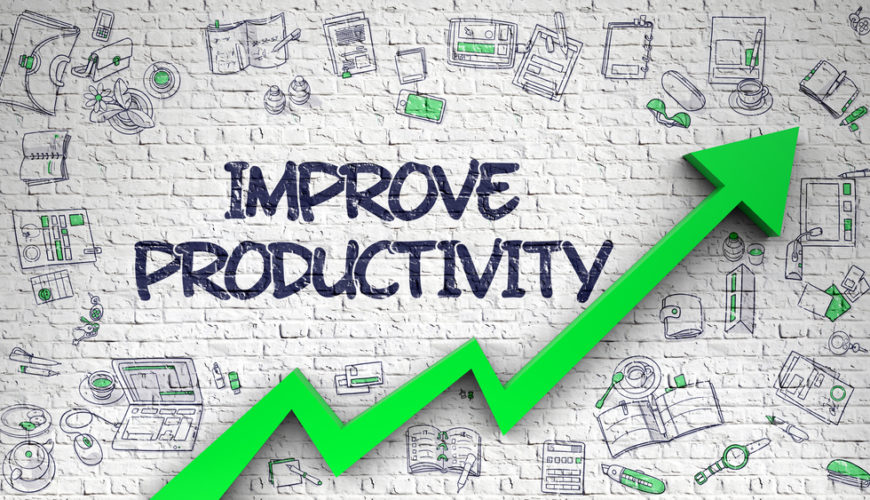The workforce of an organisation is undoubtedly the most prized resource, playing a major role in its success. Every organisation ensures to hire the best of the talents who are most suited to the job profile but even then, there are businesses that are more successful than the rest. Well, employee productivity is the deciding factor here. Procuring the best of the talents but not being able to maximise their potential is one of the reasons why most organisations have a smaller shelf life.
1. Being busy vs being productive
There is a catch to employee productivity and it lies right in the middle of being occupied for most of the day and being productive. Taking notes from the 40-hour workweek of Henry Ford, one only learns how essential it is to maximise the output in a short duration of time.
The best practices of management shall always counsel you on increasing productivity without making your employees stay in the office for longer hours. the working hours must be fixed in a way that it does not deprive the quality of work
2. Skip the routine, will you?
Assuming that each of your employees must be sitting in their cubicle and working relentlessly is a very utopian thought! To think of it in terms of human psychology, every person needs motivation to keep moving forward. For some it can be monetary benefits, for others it can be a positive workplace. But the bottom line here is that no one likes to follow a mundane routine which is a serial motivation murdered! So, think of skipping the routine once in a while as it would interest the employees who will not know what to expect next.
You could come up with a fun brainstorming session to improve their involvement and participating in the workplace. However, make sure to not be all talk and take their ideas into consideration if you find them good.

3. The ergonomics of productivity
Sure a healthy mind is breeding ground for great ideas but it pays to take care of the health of your employees too. A major problem faced by workspaces with extensive desk jobs is that it takes a toll on the health of the employees. Thus, it is advisable to invest in office ergonomics which can tweak the employee productivity significantly.
To start with, you could try stepping in to your employees’ chair to check how well equipped it is. With some professional help, you could redecorate your office with furniture which reduces distractions and increases the output. While selecting furniture, make sure to review features like lumbar support, seat tilt, height adjustment factor, armrest, etc. for more help regarding investment in office ergonomics, visit https://homeofficeapproved.com/ .
4. To each its own
If there is one takeaway from micromanaging, it is that you cannot satiate everyone’s expectations with one magic formula. Each employee is an individual who thinks and acts differently from the other. So, even when it comes to boosting productivity at the workplace, you must know what will work for whom. For instance, incentives are perfectly suited for sales staff but how would you implement that for administrative staff. Similarly, rewarding for full attendance may work with entry level staff but is certainly not motivating enough for mid and senior level management.
5. Appraisals and feedback system
The key to employee productivity is not all fun and games. When you talk business, make sure it is backed up with efficient use of technology and well defined appraisals. Employee appraisals are an efficient measure to connect with your employees and understand what it is that they really expect from the organisation. Often, the employee expectations are in synergy with organisational objectives which can help you discover out of the box ideas.

6. Tuning to technology
Efficient use of technology helps you streamline the work, thus avoiding redundancies and duplication. There are certain task based software and applications which enable you to create a clear hierarchy for communication. Especially in times of pandemic and work from home setups, it is essential to have a common point of contact for all employees.
Final thoughts
A comprehensive approach to productivity in modern workplaces can be adapted by drawing a clear line between maximisation and exploitation. Something as small as investing in office ergonomics can be a giant leap for employee productivity.




